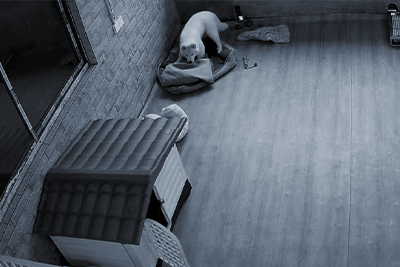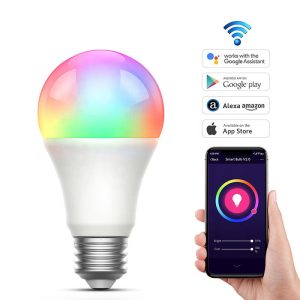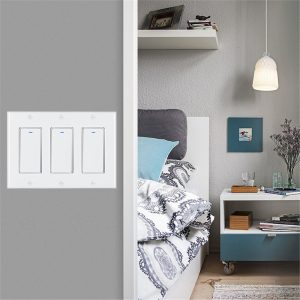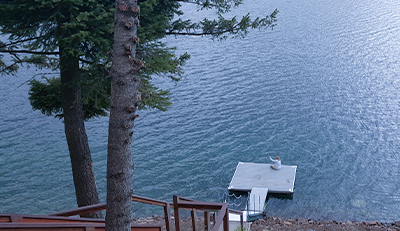00 items

17
Mar
How to Solar Power Your Home Security Camera?
Security cameras are a great way to keep track of what’s happening in your home, garden, and other valuables. But they’re also an effective way for you to stay connected with your loved ones. Nowadays, there are many different kinds of security cameras on the market, but it is a great idea to go for solar-powered wireless security cameras for increased and reliable security.
The first question asked by many first-time buyers is how solar-powered security cameras work. Solar-powered security cameras rely on small solar panels that convert sunlight to electricity to charge the cameras’ built-in rechargeable batteries. Integrated inverters in the security cameras can also convert direct current (DC) power from solar panels into alternate current (AC) electricity to provide power when the sun is out. Power stored in their rechargeable batteries during the day is another way that solar-powered security cameras keep working through the night.
If you’re considering alternatives to regular security cameras, you may wonder are solar-powered security cameras any good. The answer is yes. Unlike wired security cameras, solar security cameras do not require running wires to connect them to power sources. They connect to home security systems via a Wi-Fi or 4G LTE connection rather than data cables. Therefore, they’re truly wireless security solutions and are easier to install. You need to put them on walls where power cables run or close to wall outlets when using wired cameras. In contrast, you can install additional solar-powered security cameras anywhere, even if there isn’t an outlet nearby.
Solar-powered security cameras are also more convenient to use than regular wireless security cameras without solar panels. The latter require battery replacement or recharge every few months so you must take them down and then put them back up, which may feel like a hassle. Furthermore, while solar-powered security cameras can record continuously, regular wireless security cameras stay mostly in power-saving mode to conserve battery power and only wake up when they detect motion. This switch introduces delays that can make these cameras miss important moments.
When searching for the best solar-powered security camera for your home or office, consider the following key features: camera resolution, the field of view, solar panel wattage, night vision, motion activation, remote monitoring, and smartphone alerts. Camera resolution determines the sharpness of the security footage captured by the security camera. Look for a model with a high-definition (HD) camera or sharper. The field of view describes the camera’s coverage. A wider field of view is always better for a security camera. Night vision and motion activation indicate whether the camera can see at night and start recording when it detects motion within its coverage area. The wattage of the solar panel paired with a security camera indicates the amount of electric power it can generate from sunlight. A panel with a higher wattage charges the included battery faster and delivers more power to the security camera. Smartphone alerts and remote monitoring are features that help you monitor your home or office when you’re not there.
You may have questions about how these devices work and their limitations. One of the questions often asked is, are solar-powered security cameras any good on cloudy and rainy days? The answer is yes. The solar panels connected to solar security cameras can still generate power on cloudy and rainy days because excess power stored in their rechargeable batteries on sunny days can help them through days with cloud cover, although they won’t be recouping as much power for the next day.
Solar power as a power source alternative is getting a lot of attention these days, and rightfully so. Its ability to provide electricity to surveillance cameras at the place where running cable would be overly expensive or excessively complicated makes solar power a favorable solution.
Solar energy is getting a lot of attention as an alternative energy source these days, and rightfully so. Its ability to power surveillance cameras in places where cables are too expensive or too complicated makes solar an advantageous solution.






Comment (1)
Hi, this is a comment.
To get started with moderating, editing, and deleting comments, please visit the Comments screen in the dashboard.
Commenter avatars come from Gravatar.
Hi, this is a comment.
To get started with moderating, editing, and deleting comments, please visit the Comments screen in the dashboard.
Commenter avatars come from Gravatar.
Comments are closed.